Crop Forecasting: 7 Tech Secrets for Huge Yield Boosts
“Precision crop forecasting can increase yields by up to 20% using advanced satellite and AI-driven data analysis.”
Summary: Crop Forecasting in Agriculture — Enhancing Productivity and Sustainability
In today’s world, accurate crop forecasting stands as a critical pillar for agriculture. This essential function not only boosts productivity but also reinforces sustainability across the entire agricultural value chain. The integration of agricultural data technologies with modern crop forecasting methods allows us to predict crop yields, optimize resource management, streamline planning, and safeguard food security with unprecedented efficiency.
By leveraging the power of data and state-of-the-art technologies, we can now monitor crop growth in real time, analyze weather patterns, detect changes in soil health, and mitigate risks faster than ever before. These innovations empower farmers and agricultural stakeholders to make informed decisions, optimize inputs such as water, fertilizers, and pesticides, and ensure robust market planning.
In this detailed guide, we’ll explore the significance of crop forecasting, examine its traditional and modern methodologies, and highlight seven revolutionary tech secrets that are shaping the future of agriculture.
The Importance of Crop Forecasting
Crop forecasting is the practice of predicting the quantity and quality of crops before harvest. Its strategic value in agriculture cannot be overstated — accurate forecasts are indispensable for:
- Resource Optimization: Directing water, fertilizers, and pesticides where needed, minimizing resource wastage and costs.
- Market Planning: Anticipating supply to match demand, stabilizing market prices, and reducing volatility for both farmers and consumers.
- Risk Management: Identifying pest infestations, diseases, and adverse weather conditions early, enabling timely interventions to mitigate risks.
- Policy Formulation: Assisting policymakers in creating evidence-based policies on food imports, exports, subsidies, and sustainability initiatives.
With the world’s population steadily increasing, the importance of food security and crop forecasting grows ever more vital to our collective future.
Traditional Methods of Crop Forecasting
Before the digital revolution, crop forecasting predominantly relied on:
- Historical Data Analysis: Examining past records of yields to predict likely outcomes.
- Expert Judgement: Trusting the experience and intuition of seasoned farmers and agronomists for informed decisions.
- Field Surveys: Manually conducting assessments of crop conditions and growth stages.
While these methods offered foundational insights, they suffered from several limitations: lack of precision, time-consuming processes, and subjectivity. The absence of real-time data also hindered timely interventions when conditions changed rapidly. Today, the integration of modern technologies overcomes these constraints to a great extent.
“Over 70% of modern farms now use tech-based forecasting tools to optimize planting and resource allocation.”
Modern Crop Forecasting: 7 Tech Secrets for Huge Yield Boosts
Let’s explore the seven most innovative and impactful technologies that are propelling crop forecasting and modern agri-data management into a new era of productivity and sustainability.
1. Remote Sensing in Agriculture
Among all modern crop forecasting methods, remote sensing in agriculture has emerged as a game-changer. By utilizing satellite imagery and aerial drones equipped with multispectral sensors, we can continuously monitor crop health, measure soil moisture levels, and track growth patterns over vast agricultural fields.
Key Advantages:
- Delivers real-time data across large areas, increasing precision and timeliness of forecasts.
- Identifies stress or disease conditions in crops early, enabling targeted interventions to optimize yields.
- Integrates with machine learning and AI for improved predictions.
Farmonaut is a pioneer in leveraging satellite-based crop health monitoring. Using multispectral satellite images, Farmonaut provides valuable insights into vegetation (NDVI), soil moisture, and crop status—empowering farmers worldwide to make optimally informed decisions. Explore more through the Farmonaut app.
2. Crop Simulation Models
Crop simulation models like CropSyst and DSSAT simulate crop growth in virtual environments by incorporating weather data, soil properties, and management practices. These models allow us to:
- Project future yields under various conditions and scenarios.
- Test impact of different practices, from irrigation schedules to fertilization strategies.
- Track growth stages and optimize resource allocation.
When integrated with farm management platforms, such as those offered by Farmonaut, simulation models empower us to explore “what-if” scenarios and prepare for unpredictable weather or market changes.
3. Machine Learning for Crop Predictions
The evolution of machine learning has significantly enhanced our ability to analyze agricultural datasets and make highly accurate predictions.
How it works:
- Algorithms process vast and complex datasets (historical yields, remote sensing images, weather patterns, field data).
- They detect invisible patterns—such as subtle symptoms of a developing disease or nutrient deficiency—that traditional methods could overlook.
- Machine learning for crop predictions also powers AI-based advisory systems like Farmonaut’s Jeevn AI, delivering real-time, personalized farming advice based on data-driven models.
The use of artificial intelligence not only enhances prediction accuracy but also improves resource planning and supports advanced risk mitigation.
4. IoT Sensors and Real-time Data Collection
The Internet of Things (IoT) brings sensors into the fields, continuously monitoring soil moisture, temperature, nutrient levels, light, and weather conditions. These systems create a dynamic data stream that enables:
- Fine-tuned resource allocation—irrigating only where and when needed.
- Immediate detection of climate anomalies, drought, or pest risks.
- Integration with crop forecasting models for fast, responsive decision-making.
By deploying field-ready IoT solutions, we ensure timely interventions and mitigate losses. These sensors, when combined with satellite data, exponentially increase the precision and actionable power of crop forecasts.
5. Data Mining and Advanced Analytics
Data mining in agriculture involves extracting actionable insights from enormous, often unstructured datasets. This can include:
- Analyzing X-ray or multispectral images of produce to detect internal defects, such as water cores.
- Determining storage potential and optimizing harvest timing accordingly.
- Identifying trends in crop yields across regions, conditions, and seasons for better planning and market forecasts.
These technologies, when integrated with management platforms, help in identifying the root causes of yield variation and inform future improvements.
6. Blockchain for Transparency and Traceability
As agriculture becomes more data-driven, blockchain technology is emerging as a foundation for transparent, secure, and traceable crop forecasting systems.
Benefits of blockchain include:
- Ensuring every data input is tamper-proof and verifiable.
- Building trust along the supply chain—from field to consumer—by recording every stage of the crop’s journey.
- Enhancing product traceability in food and textile industries, reducing fraud, and increasing accountability.
Platforms like Farmonaut use blockchain for robust traceability, enabling buyers and sellers to verify the authenticity, origin, and quality of agricultural produce.
7. Climate-Smart Agriculture Practices
The unpredictable nature of climate change calls for advanced climate-smart agriculture practices:
- Using climate-adapted crop varieties to reduce risks associated with extreme weather.
- Implementing sustainable water use and carbon footprint management tools such as Farmonaut’s carbon footprinting solution for emissions monitoring and sustainable farming.
- Applying data-driven decisions for resource allocation to help mitigate negative environmental impacts while improving yields.
- Guiding government and NGO efforts to support widespread sustainable farming initiatives.
Adopting these practices ensures long-term soil health, environmental sustainability, and continued growth in crop output under evolving climatic conditions.
Comparison Table: Technology Solutions for Crop Forecasting
| Technology | Estimated Yield Improvement (%) | Resource Efficiency Gain (%) | Implementation Cost (USD) | Data Update Frequency | Use Case Example |
|---|---|---|---|---|---|
| Satellite Imaging (e.g., Farmonaut) | 12–20% | 15–25% | $500–$2,500/yr | Weekly to daily | Real-time crop health monitoring, NDVI-based decision support |
| AI-based Weather Prediction | 10–17% | 12–18% | $2,000–$5,000/yr | Daily | AI-driven predictive irrigation, reduced crop loss from weather |
| Soil Sensors (IoT) | 7–13% | 18–26% | $1,000–$4,000/ha | Live/Real-time | Automated precision irrigation, fertilization, and climate alerts |
| Drone Surveillance | 10–16% | 10–19% | $1,500–$7,000/device | On-demand | High-resolution mapping, pest & disease surveillance, scouting |
| Blockchain Traceability | 5–11% | 7–13% | $1,000–$5,000/yr | Continuous | Farm-to-table product traceability, authentication of food origin |
Note: Costs are estimated and can vary based on scale, location, and provider. Actual yield and efficiency improvements depend on integration level, crop type, and management practices.
Farmonaut’s Precision Agriculture Tools
As highlighted above, Farmonaut delivers a complete set of precision agriculture technologies designed to make advanced resource management in farming truly accessible. Our solutions combine satellite-based crop monitoring, AI-driven advisories, and blockchain transparency to supercharge productivity, stabilize markets, and support long-term sustainability. Here’s how Farmonaut technologies stand out:
- Satellite Crop Health Monitoring: Gain real-time visibility into crop health, soil moisture, and vegetation status through our intuitive app and dashboards.
- AI-Based Advisory: Using machine learning, Farmonaut’s Jeevn AI provides customized recommendations, weather forecasts, and proactive interventions for every stage of the crop lifecycle.
- Blockchain-Enabled Traceability: Securely document every crop and field event on blockchain, streamlining product traceability for global supply chains.
- Fleet and Resource Management: Utilize seamless fleet management tools to optimize logistics, improve machinery uptime, and reduce operational expenses in agriculture.
- Instant Carbon Footprinting: Track and reduce emissions with real-time carbon footprint data.
- Crop Loan and Insurance Verification: Through satellite-based verification, enable faster, secure access to crop finance and reduce fraud risk for both farmers and financial institutions.
- Large-scale & Plantation Farm Management: For agribusinesses and government stakeholders, Farmonaut’s large-scale agro admin app brings the power of scale, oversight, and detailed analytics to massive operations.
Ready to bring next-level forecasting and management to your fields?
Access Farmonaut API — for integrating real-time satellite and weather data into your systems.
For detailed API implementation, browse our Developer Documentation.
Challenges and Considerations in Crop Forecasting
Modern crop forecasting, while transformational, presents several challenges:
- Data Quality and Availability: Accurate crop forecasts depend on continuous, reliable data. Gaps or inaccuracies can skew predictions and undermine trust.
- Integration of Technologies: Fusing multiple data streams (satellite, sensor, historical records) into seamless, actionable systems requires robust platforms and technical expertise.
- Farmer Adoption: Many farmers, especially in developing regions, may lack the awareness, skills, or financial means to utilize advanced methods and technologies. Solutions must be affordable and user-friendly.
- Cost Implications: The investment needed for deploying modern crop forecasting technologies—such as machine learning models, sensors, and blockchain infrastructure—can be significant. Balancing costs and benefits is crucial.
- Policy and Regulation: Ensuring data privacy, supporting open data initiatives, and fostering transparent policy frameworks are necessary for responsible scaling of agri-data solutions.
The solution lies in platforms like Farmonaut that emphasize affordability, scalability, and accessibility for all stakeholders — from individual farmers to government agencies.
Farmonaut Subscriptions — Get Started with Precision Agriculture
Choose a plan that fits your farm’s size and monitoring frequency. Whether you’re an individual grower or manage large plantations, Farmonaut brings the power of precision forecasting to your fingertips.
The Future of Crop Forecasting and Food Security
As technological advancements accelerate, the future of crop forecasting is set to become even more sophisticated:
- Better integration of farm, regional, and national datasets will enable more robust and dynamic food security strategies.
- Precision agriculture technologies will continue to lower costs and enable smallholders to participate fully in global food systems.
- Emerging technologies like nanotechnology and advanced AI will further enhance the granularity and speed of predictions — for instance, nanosensors could offer instant feedback at the plant or even cellular level.
- Government and industry stakeholders will rely increasingly on accurate forecasts to manage imports/exports, subsidies, and climate adaptation policies.
- Platforms like Farmonaut will continue to democratize access to modern crop forecasting methods and insights, helping us meet the rising global food demand sustainably and equitably.
By uniting data science, machine learning, and on-ground agronomy, we empower ourselves—and farmers everywhere—to predict, plan, and prosper in this new era.
FAQ: Crop Forecasting in Agriculture
What is crop forecasting?
Crop forecasting is the science and art of predicting crop yields and harvest outcomes using historical data, expert judgement, and increasingly, advanced technologies such as remote sensing, machine learning, and IoT sensor data.
How does crop forecasting help farmers?
By providing accurate predictions on expected yields, crop forecasting assists farmers in resource allocation, choosing optimal harvest timings, planning finances, and proactively managing risks such as pest outbreaks or adverse weather.
What data sources are used for modern crop forecasts?
Modern crop forecasting methods incorporate a combination of satellite imagery, drone surveys, IoT field sensors, local weather stations, historical yield records, and market data. This integration creates more precise and resilient forecasts.
What is remote sensing in agriculture?
Remote sensing in agriculture means collecting data about crops, soil, and field conditions using satellites, drones, or aircraft equipped with specialized cameras and sensors. It enables large-scale, frequent, and objective assessment of agricultural land.
Can small farmers access these technologies?
Absolutely. Platforms like Farmonaut are purpose-built to make precision agriculture affordable for even small and medium-sized farms by using satellite data and intuitive web or mobile applications.
Is Farmonaut a farm input provider or policy body?
No, Farmonaut is neither a farm input marketplace nor a manufacturer, nor a regulatory body. It offers advanced, data-driven farm management and monitoring solutions delivered via mobile, web, and API formats to all agricultural stakeholders.
How can I start using Farmonaut’s forecasting services?
Simply register on the Farmonaut app (available on Android, iOS, and as a web browser app), select your package, and start monitoring your crops with advanced forecasting and management tools.
Where can developers access Farmonaut APIs?
Developers can access Farmonaut’s satellite and weather APIs here. In-depth API documentation is also available.
What is the cost of modern crop forecasting solutions?
Implementation costs vary based on technology type, farm size, and frequency of monitoring. However, Farmonaut’s subscription and modular pricing models ensure affordable access for farms both big and small.
How is blockchain technology used in agricultural forecasting?
Blockchain secures all crop data, events, and forecasts, providing traceability and authenticity across the supply chain. This greatly reduces fraud and enhances market trust.











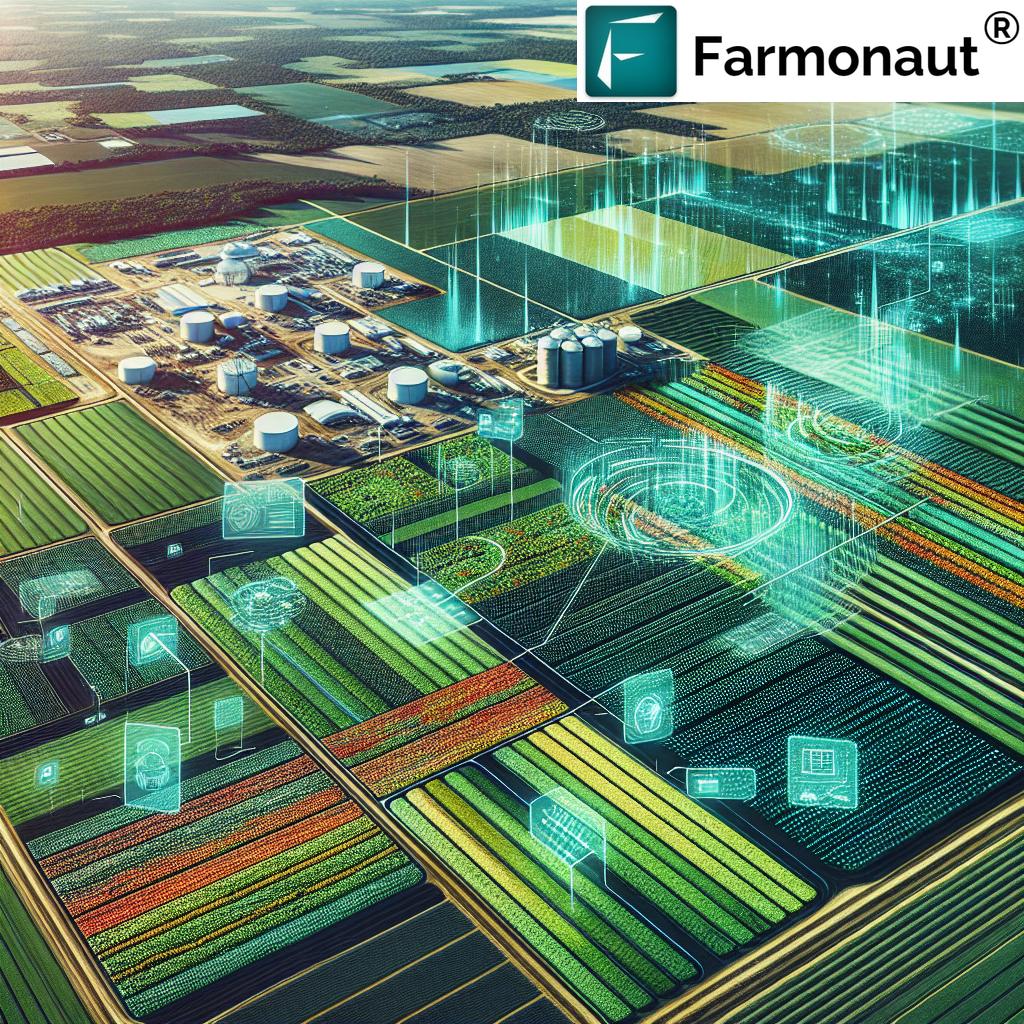

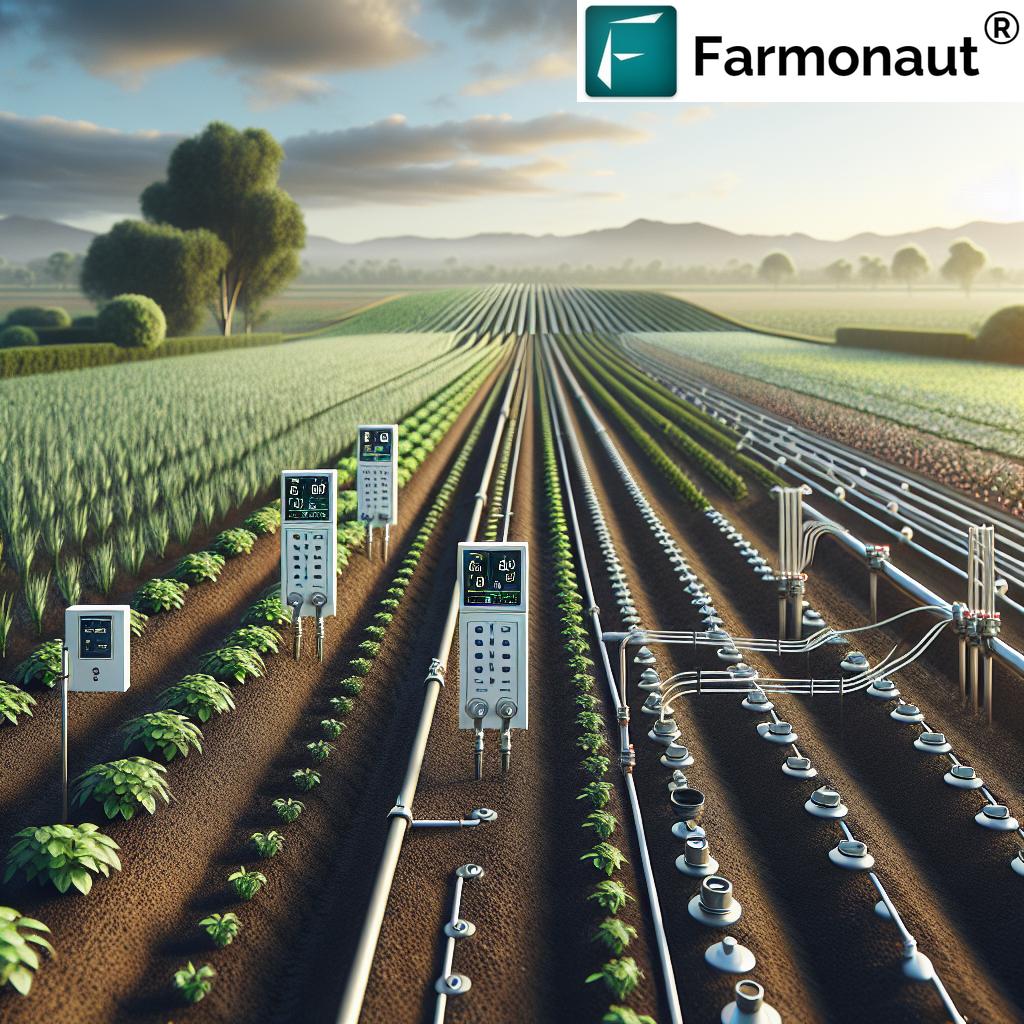
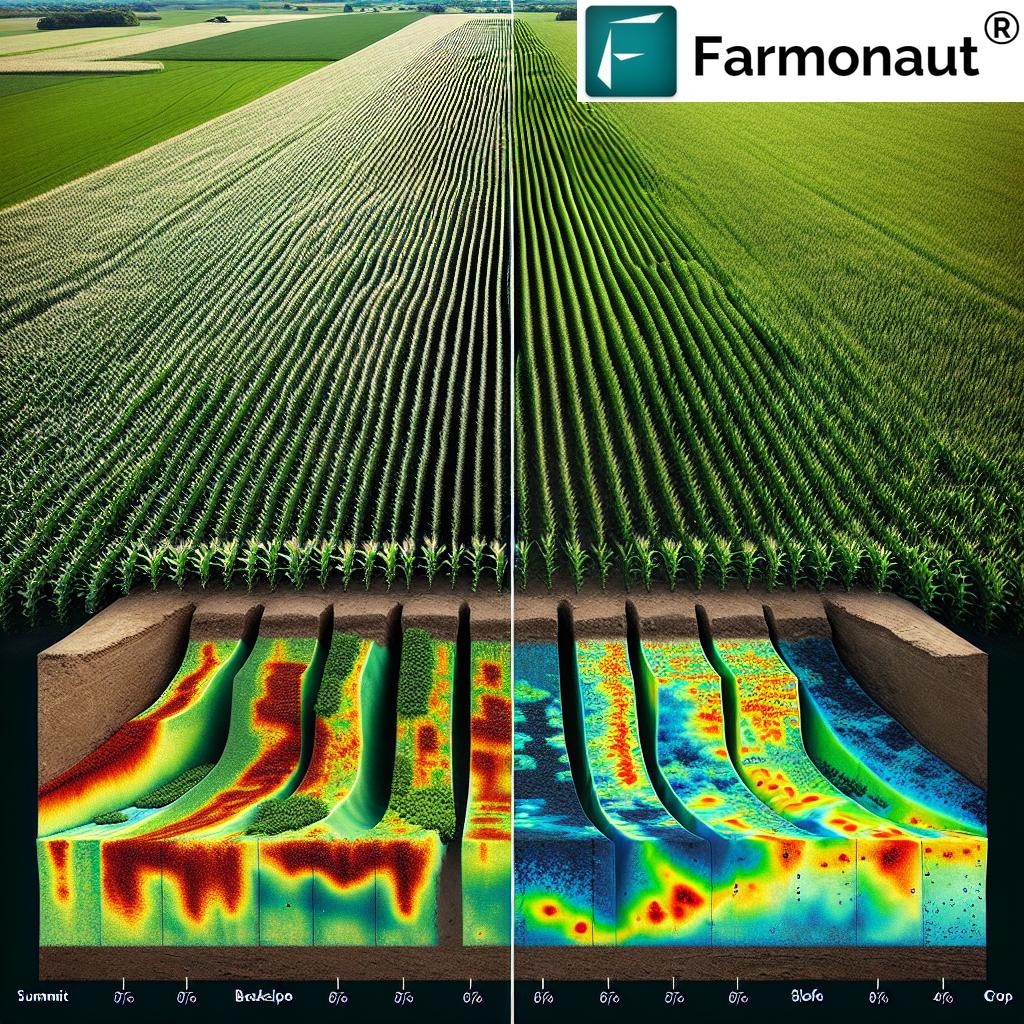
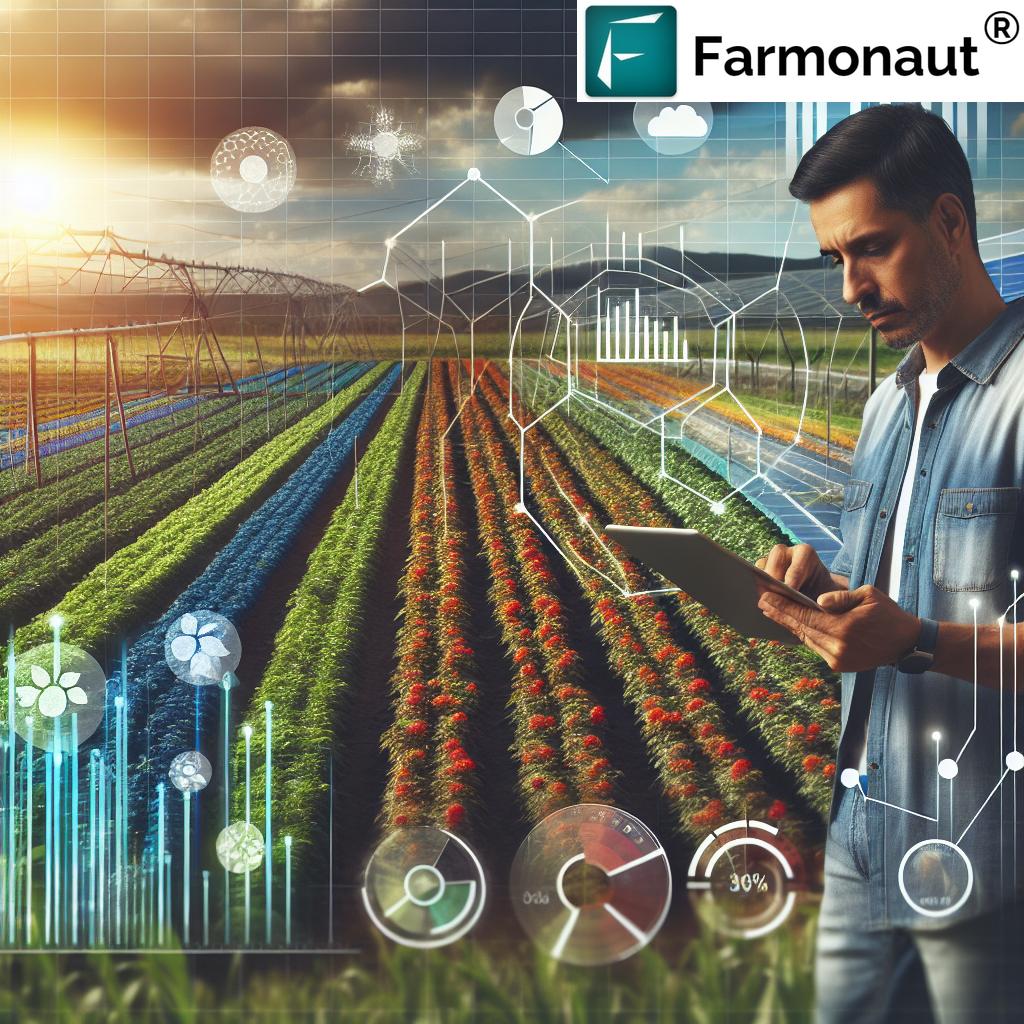
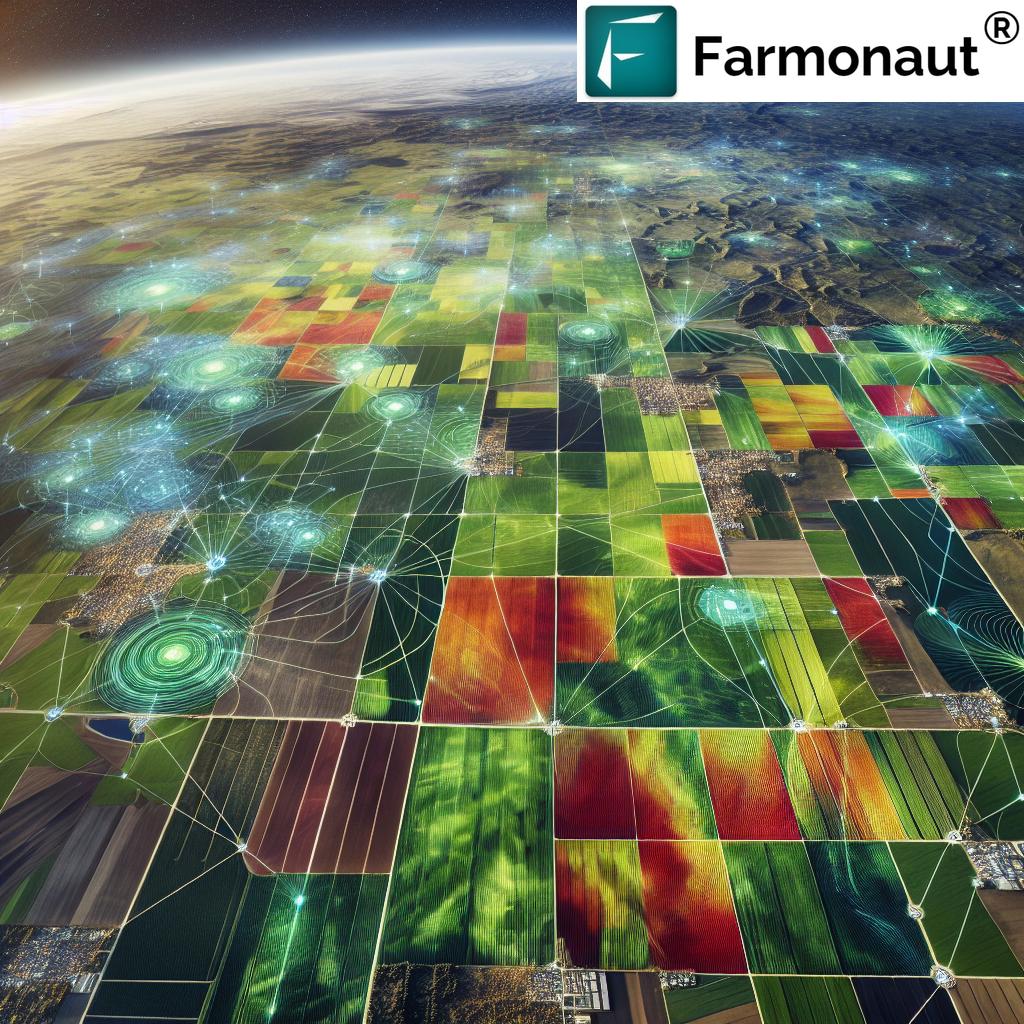

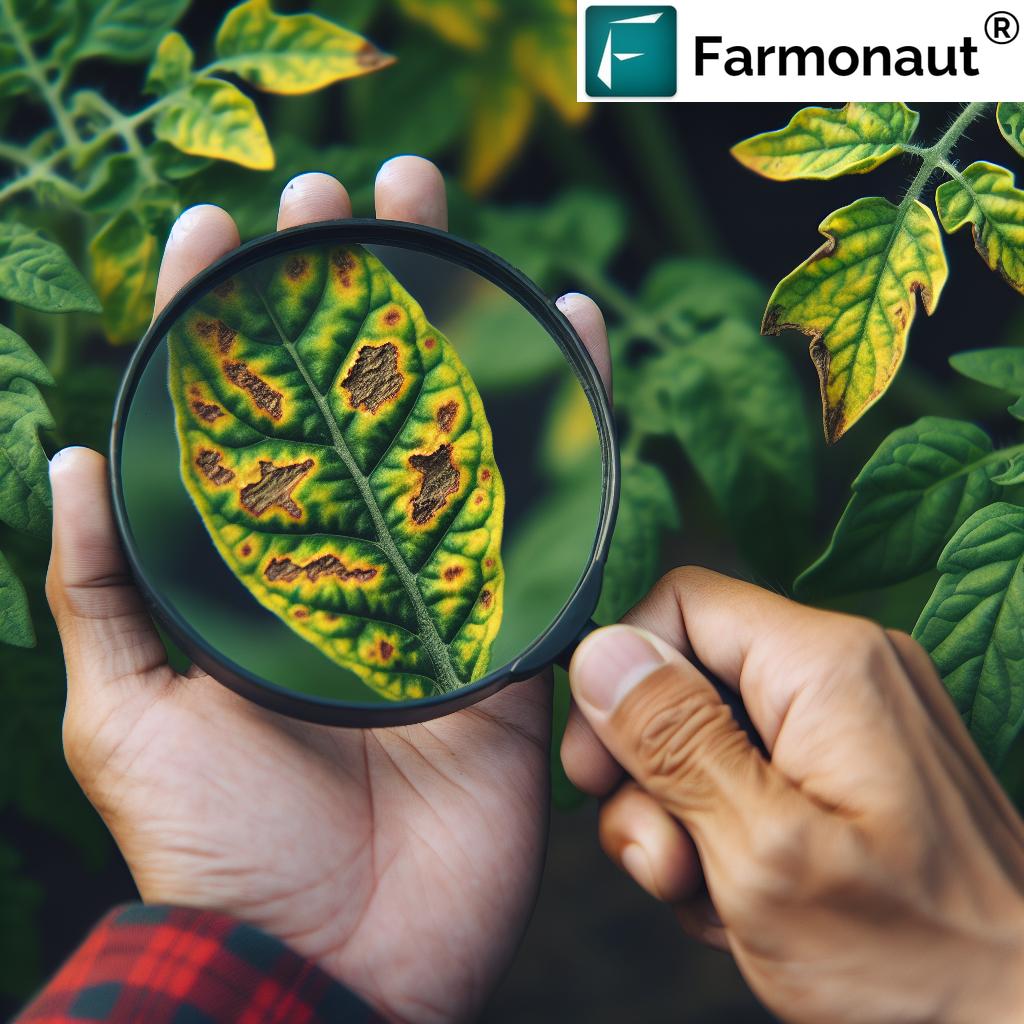
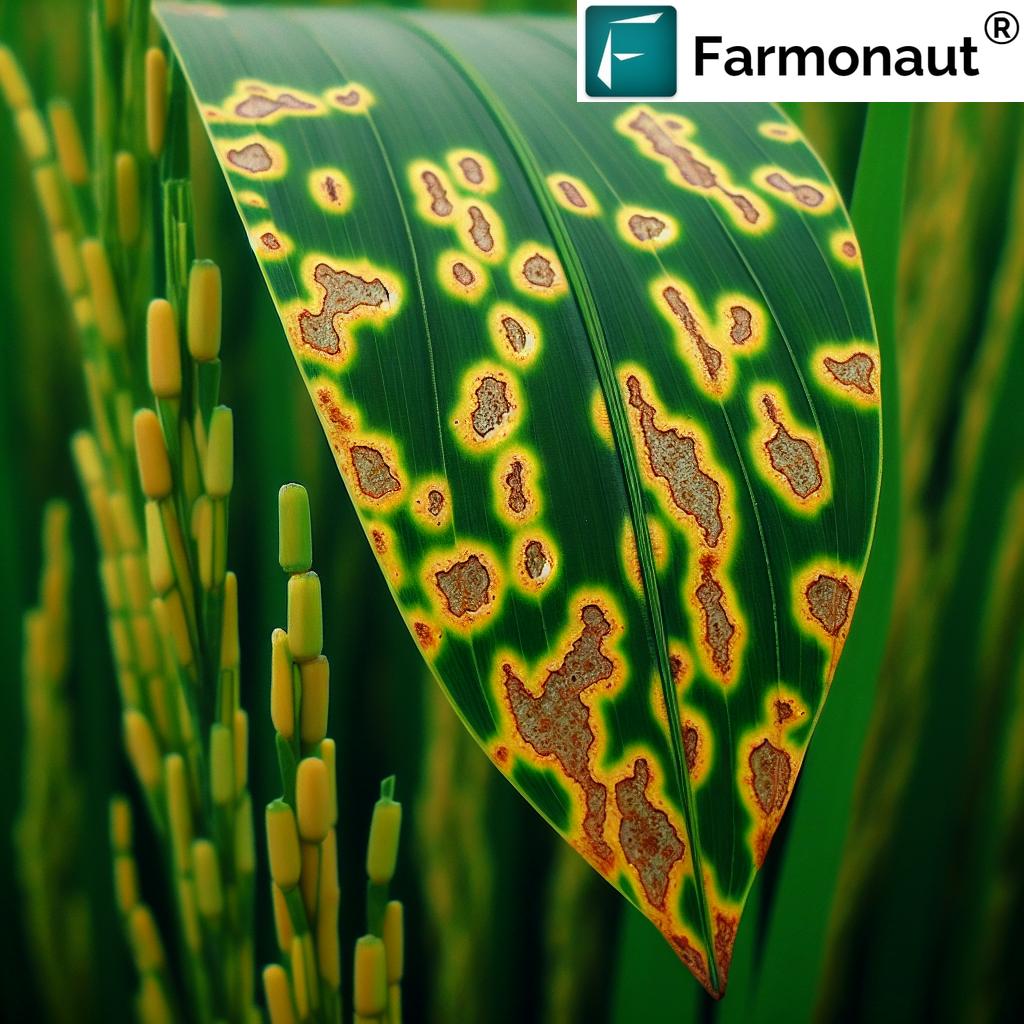
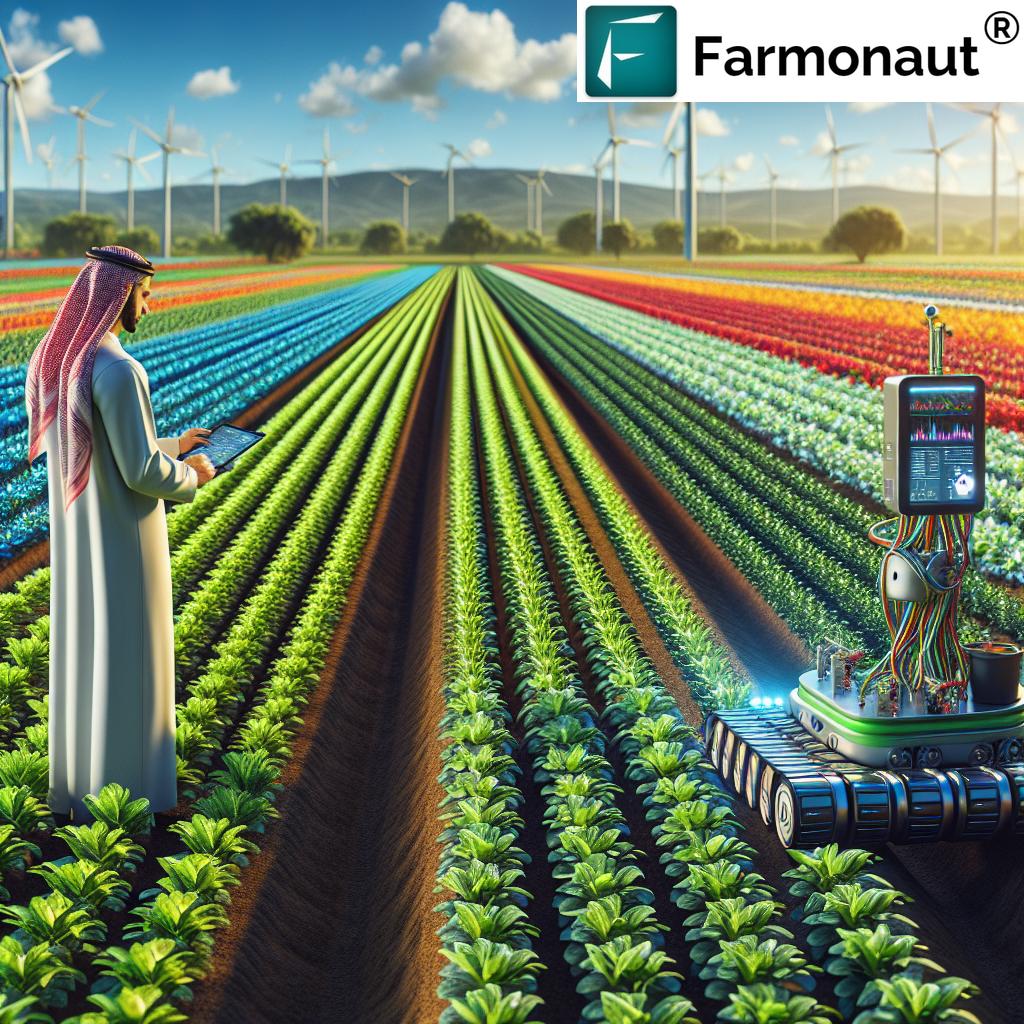
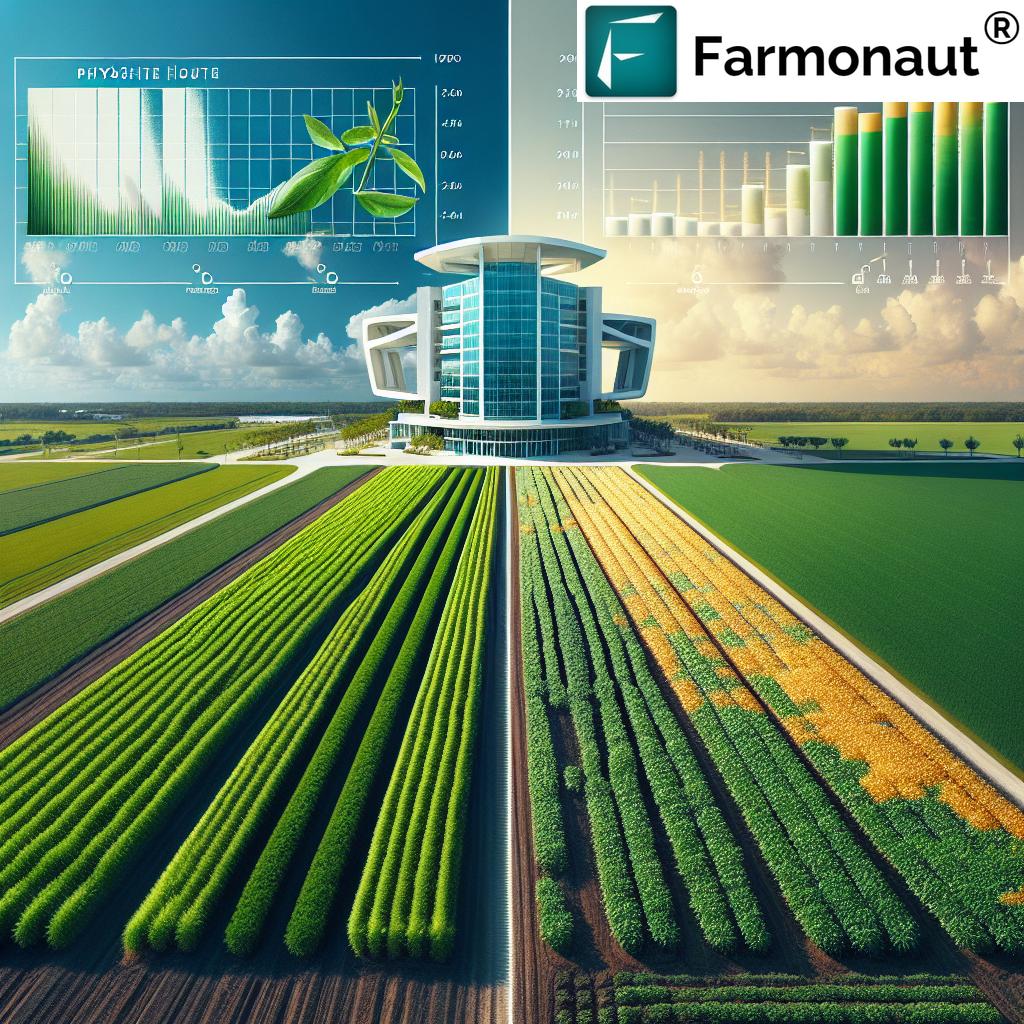

Pretty! This has been a really wonderful post. Many thanks for providing these details.